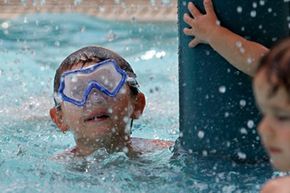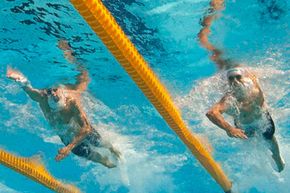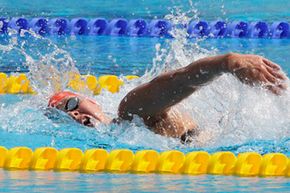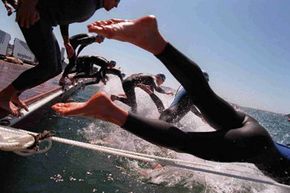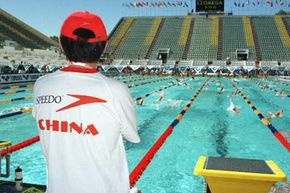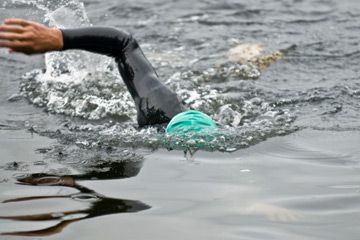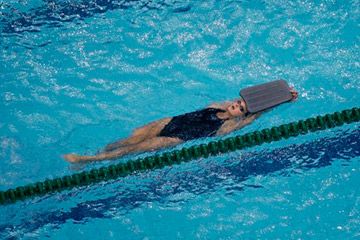Everyone should know how to swim. It's a valuable and potentially lifesaving skill. Plus, there's just no better way to cool off on a hot day.
Swimming is a great leisure activity, but it's also a great workout. The Centers for Disease Control and Prevention (CDC) reports that swimming is the third most popular sports activity in the United States. That's likely because a hard workout in your local pool's lap lane offers a number of benefits. When you swim, you're using your entire body -- as opposed to relying primarily on your legs, like in biking or running. Because swimmers have to control their breathing, swimming workouts can improve lung function, too. Swimming is also excellent for tightening and toning, especially your arms, back and shoulders. Finally, swimming is great exercise for people who, because of bad joints, pregnancy or other reasons, want to have a low-impact workout. In fact, because you're essentially weightless in the water, swimming is a no-impact workout. That saves your joints and can reduce your injury risk, as compared to exercises like running.
Advertisement
So, what's keeping more people from getting into the pool? One of the biggest barriers to an effective swim workout is technique. After all, if you decide to go for a run, there's not as much technique involved in getting a good workout. It's pretty much just left foot, right foot, left foot and so on. But in swimming, having good form and stroke technique can radically improve your performance and make the difference between a good and bad workout.
There are a number of ways to improve your swim stroke, but the most tested way is through stroke drills and practice. The added benefit of stroke drills is that they're a great workout as well. So while you're improving your stroke, you're still burning calories and getting all the other benefits of swimming, too.
Keep reading to learn more about how you can improve your swim stroke.
Advertisement
